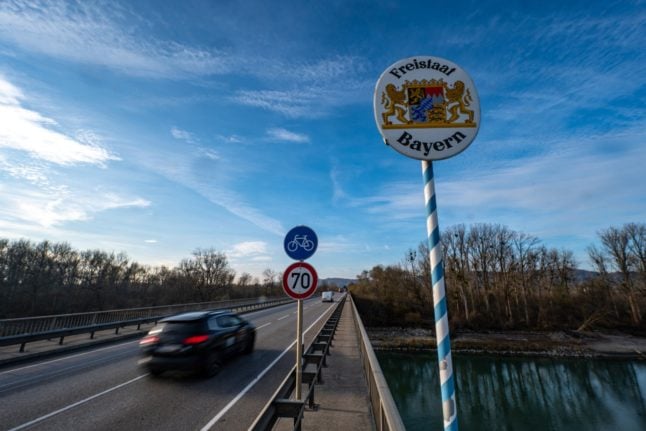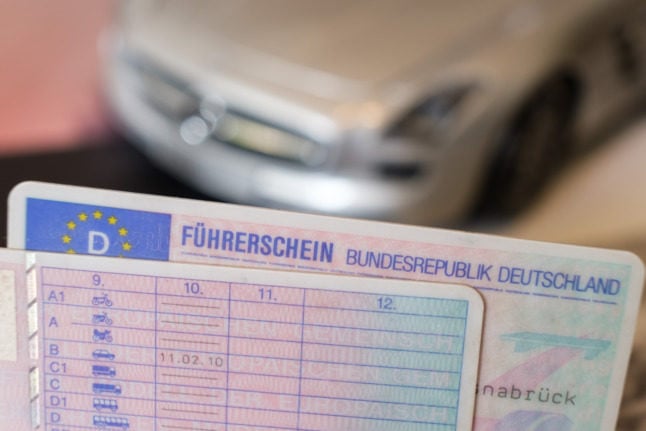Steffi Lemke of the Green Party told DPA that the coalition government was setting ambitious targets for rolling out e-cars and other electric vehicles on German roads.
“But that alone will not be enough to achieve the climate targets in transport,” she added. “And if one climate protection measure cannot be implemented quickly enough, this inevitably increases the pressure on other sectors. You can’t negotiate with the climate crisis.”
In the view of the Environment Ministry and multiple experts, putting speed limits across the entirety of Germany’s Autobahn would significantly reduce CO2 emissions, Lemke said.
READ ALSO: Eight things you never knew about the German Autobahn
“Incidentally, my predecessors from the Social Democrats (SPD) have also already taken this position,” she said. “But it is not part of the coalition agreement for well-known reasons.”
With her latest statements, the Environment Minister has put herself on a collision course with the traffic light coalition’s right-leaning partner, the Free Democrats (FDP).

In coalition negotiations that took place back in 2021, the FDP made the introduction of a so-called ‘Tempolimit’ one of their red lines – forcing the SPD and Greens to withdraw their support for the move.
Since then, the energy crisis caused by Russia’s invasion of Ukraine has reignited the fierce debate over speed limits, with advocates arguing that the step would be easy to implement and help Germany meet its climate targets.
Back in July 2022, a poll by German broadcast ARD found that the majority of Germans supported the introduction of an Autobahn speed limit.
However, key figures in the FDP – including Finance Minister Christian Lindner and Transport Minister Volker Wissing – have continued to voice their opposition.
READ ALSO: Germany ‘doesn’t have enough signs’ for Autobahn speed limit, says minister
According to the latest estimates from German Environment Aid, introducing a speed limit of 100km per hour on the Autobahn and of 80km per hour on rural roads could save around 11.1 million tonnes of CO2 per year.
Currently, much of the German motorway network is covered by speed limits, but long stretches of it that don’t pass through urban areas or the so-called commuter belt are famously free of speed restrictions.
However, drivers are encouraged to drive sensibly, including reducing speed dramatically in wet or icy weather.



 Please whitelist us to continue reading.
Please whitelist us to continue reading.
Member comments